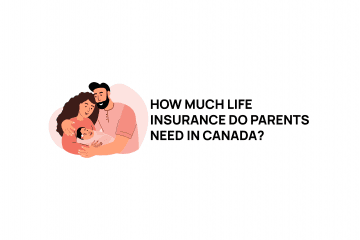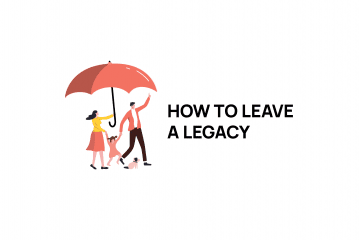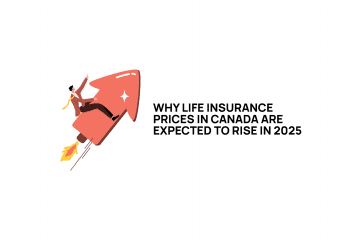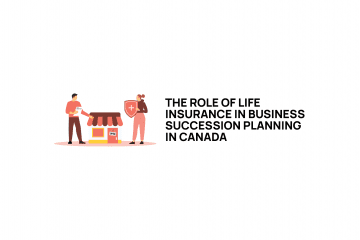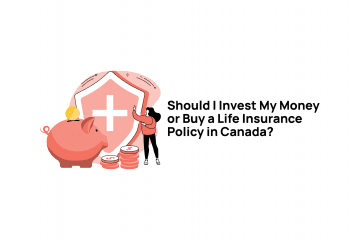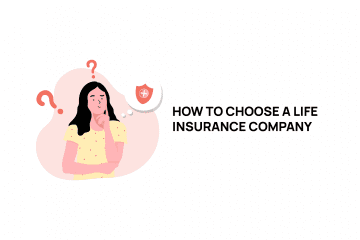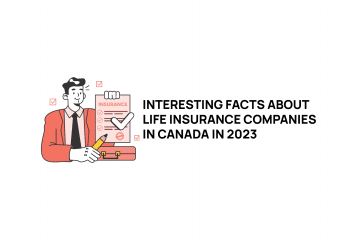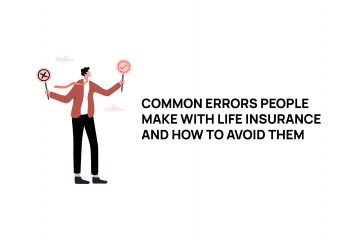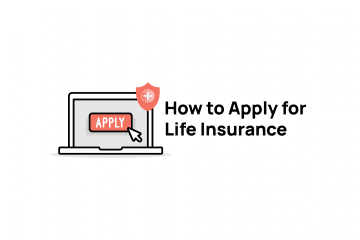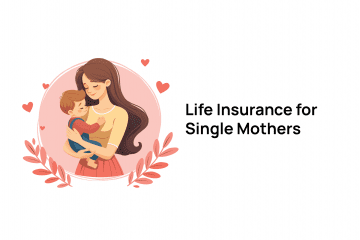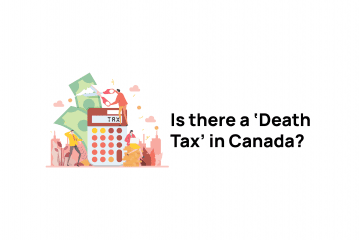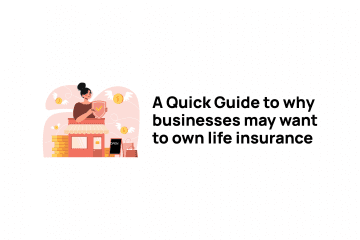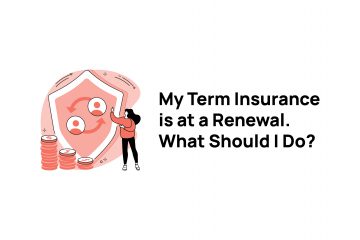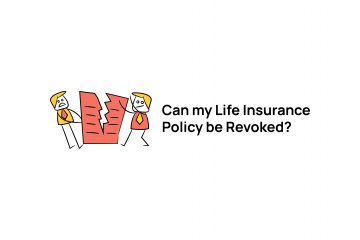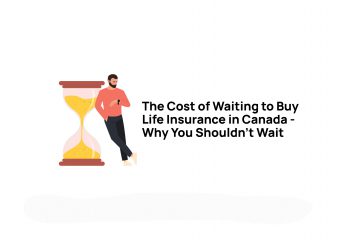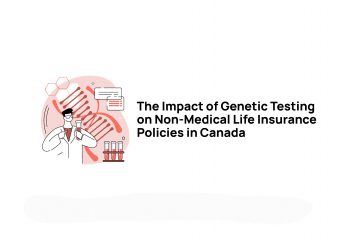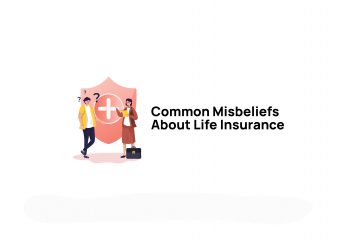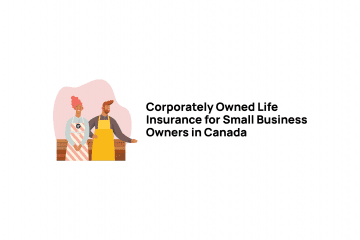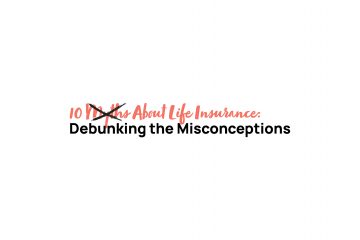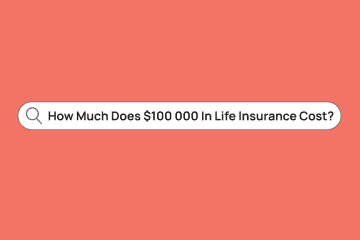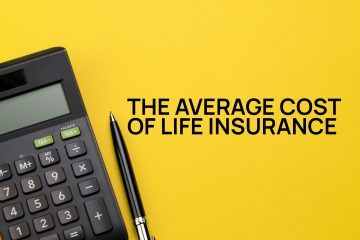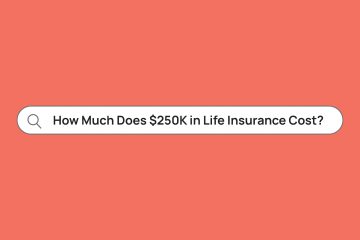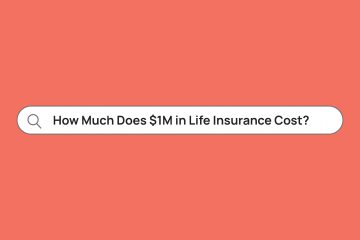Do the more expensive life insurance companies offer better products? Probably not. Curiously, premiums are generally not tied directly to policy structure – they’re often unrelated. So you may find a better policy is more expensive, but you may also find a better policy is actually cheaper!
The Life Insurance Sausage
There’s an old adage about not wanting to know how your sausages are made, but we’re going to look at how life insurance policies are priced in practice – the making of the gritty insides of the final life insurance premiums that you pay.
As you’d expect, actuaries (insurance company statisticians) do the initial pricing. They look at all the complex factors required to generate a premium. Those factors are numerous, but include things such as mortality, commission, and administration costs. They run their models, and produce a set of premiums.

Here’s the sausage part. Those premiums are then sent to the marketing department. The marketing department compares the premiums generated by the actuarial department for the proposed life insurance policy and compares it against their list of competitors in the industry. They’ll generally target a number of things, such as specific age ranges and coverage amounts, with an eye to being at a specific competitive point against their list of competitors.
For example, they may say ‘we want to be in the middle of these 5 competitors’, or ‘we want to be top 3 for these age ranges, for these coverage amounts, compared to these 5 competitors’.
And what happens if the numbers produced by actuarial don’t meet those requirements? Everything goes back to the actuarial department with a note along the lines of ‘sharpen your pencils on this pricing’.
The actuarial department then will make various changes to their assumptions. They may assume less profit margin. Or they may assume that in the future, advances in technology will lower the administration costs that they’ve priced in, i.e. they may assume that in 5 years online technology will allow for self-service policies thus reducing client service costs. They re-run the models, and produce new pricing that aligns with the demands of the marketing department, and by extension, competitively in the industry.
This cycle of back and forth, with the active involvement of competitive comparisons, creates an extremely competitive environment, resulting in not only razor sharp prices, but at some times, a downward push in prices. We’ve even seen life insurance companies try to price their policies to be a penny cheaper than the current least expensive. This makes sense as many brokers (including Life Insurance Canada.com) start with shopping the market for prices, and order companies from least to most expensive, then start at the top. Being a penny cheaper means they’re first in line for consideration with many consumers.
That’s how the life insurance pricing ‘sausage’ happens – the competitive environment ensures that prices for similar or even better policies can actually be cheaper.
Get a free quote
Age Nearest
Many life insurance companies use ‘age nearest’ or your closest age to calculate their premiums. So if your closest birthday is 40, then sure enough you’ll be considered a 40 year old to calculate premiums. But at age 40.5, the company will look at your birthday and calculate your insurance premiums as being age 41. That of course will increase your premiums.
However some companies use ‘actual age’, which is the age a consumer would see when asked how old they are. With these companies, your insurance premiums are calculated at age 40 for the entire year.
Contrast those two companies – for everyone who’s between the ages of 40.5 and 41, one company will calculate your premiums at age 41 and with the other company, that same group of people will have their premiums calculated at age 40. The result is that the second company will actually be seeing you as a year younger than the first company – resulting in cheaper premiums. Again, all of this is without regard to whether one policy is better than another.
Now, you don’t have to worry about that specifically – Life Insurance Canada.com takes age nearest into account automatically. It’s just another reason why some companies with better policies may be cheaper – because they’re quoting you a year younger than their competitors.
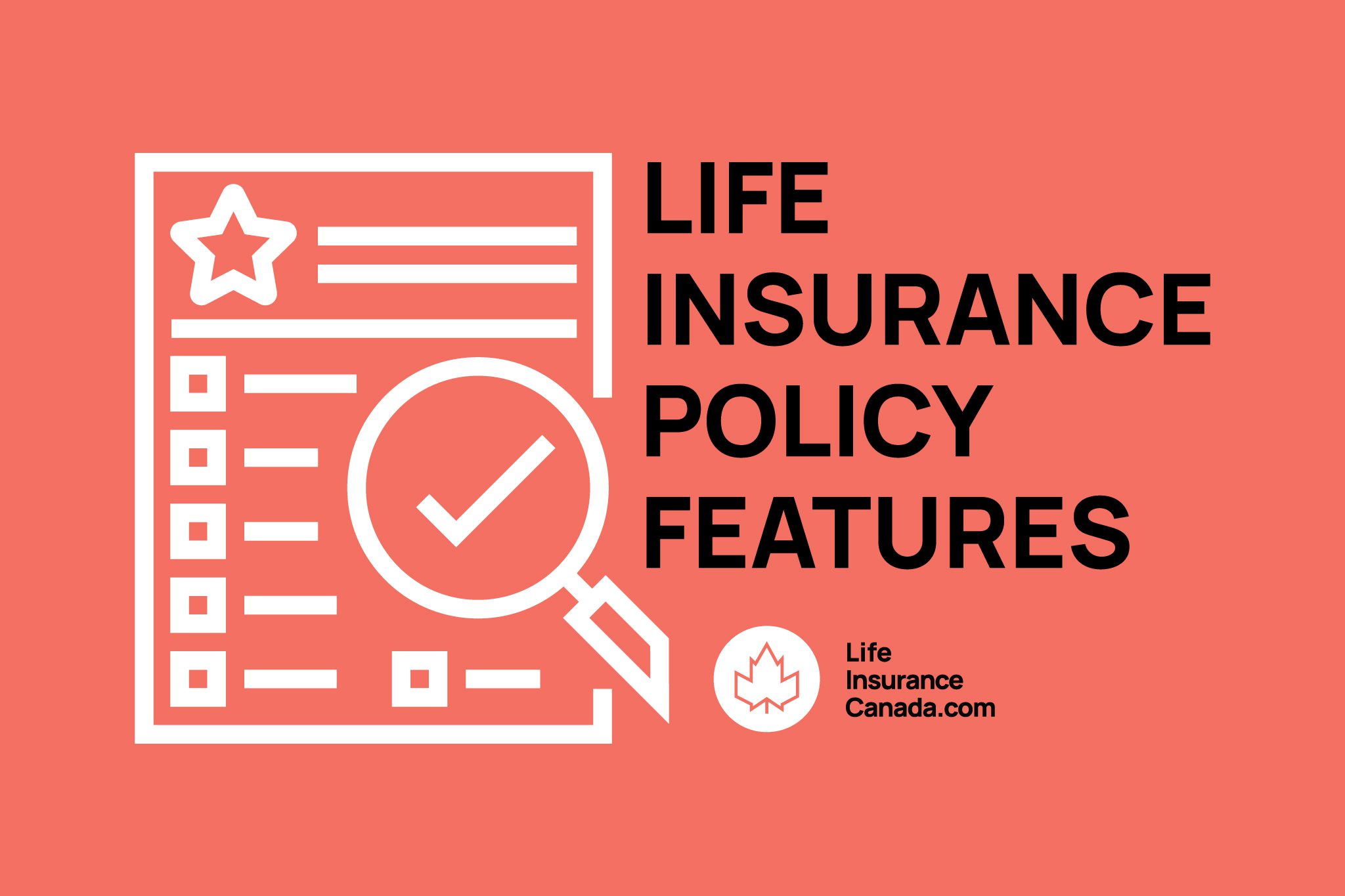
Companies Focus On Different Policy Features
When we say a better policy, what makes it better will depend on what policy attribute you want. Different policy attributes can make a policy more expensive, but others are going to be less expensive just because the company sees that attribute as a niche. Let’s look at a couple of examples.
For example, with term life insurance, there’s a tendency for some consumers to look at ease of application – no medical questions – when applying. Unfortunately, when underwriting and medical information is not disclosed or limited as with these types of policies, the policy becomes higher risk and thus has an associated higher premium. A lower risk, fully underwritten policy would be considered a better life insurance policy by most advisors in the life insurance industry, and is often cheaper. Those same cheaper policies also commonly have features such as renewable and convertible that are sometimes not found on the more expensive ‘no medical’ or ‘quick issue’ term life insurance policies. The end result? The cheaper policies are better in this case.
For permanent life insurance policies, some companies focus on the value of premium for death benefit – they want the cheapest premium for the highest death benefit. This generally comes with a policy that has smaller cash values. Other companies will focus on cash values – they’ll provide the best value in the highest cash value for the lowest premium, but may not have the highest death benefit for the same premium. The end result is that a cheaper policy may have a higher death benefit – if that’s what you’re looking for. But, it’ll be at the tradeoff of a lower cash surrender value. Again, an example of where a cheaper premium gives you a better policy depending on if you’re focusing on cash values or death benefits.
So Now What?
So, it’s a mess, there’s not a big correlation between prices and policy features. The best policy could be the cheapest, or near the cheapest. How do you tell?
Well, this is actually part of the shopping process. At Life Insurance Canada.com we provide online quotes across the life insurance industry so that you can compare prices.
From there, we would start at the cheapest and compare policy features. If the cheapest company is $100 and the next least expensive company is $102 but has a specific policy feature (or making it the ‘best’ policy), you can now evaluate it easily – are you interested in this policy feature by paying an additional $2? If so, then $102 is the cheapest and the best policy. If you don’t care about that policy feature, then the $100 policy is now the cheapest and the best policy.
Ultimately for the best policy, Life Insurance Canada.com will look at premiums first, then we’ll look at policy attributes and determine which, if any, you care about, before advising a specific policy. That ensures that you always have the best AND the cheapest policy available in Canada. And, if for you the cheapest IS the best, then we have that too!
Curious about which policy is right for you? You can always book a call with one of our life insurance specialists or reach out to us online.


